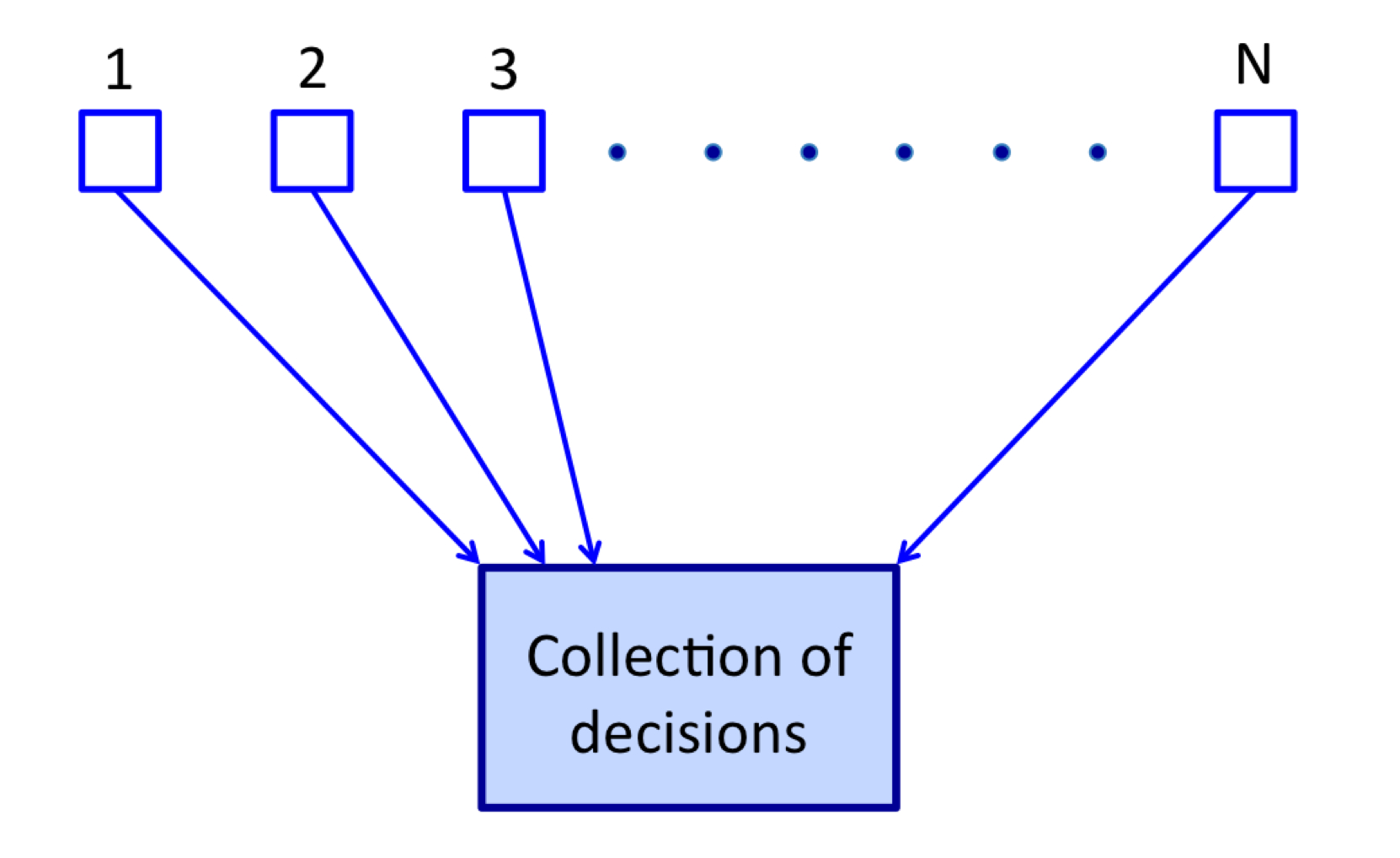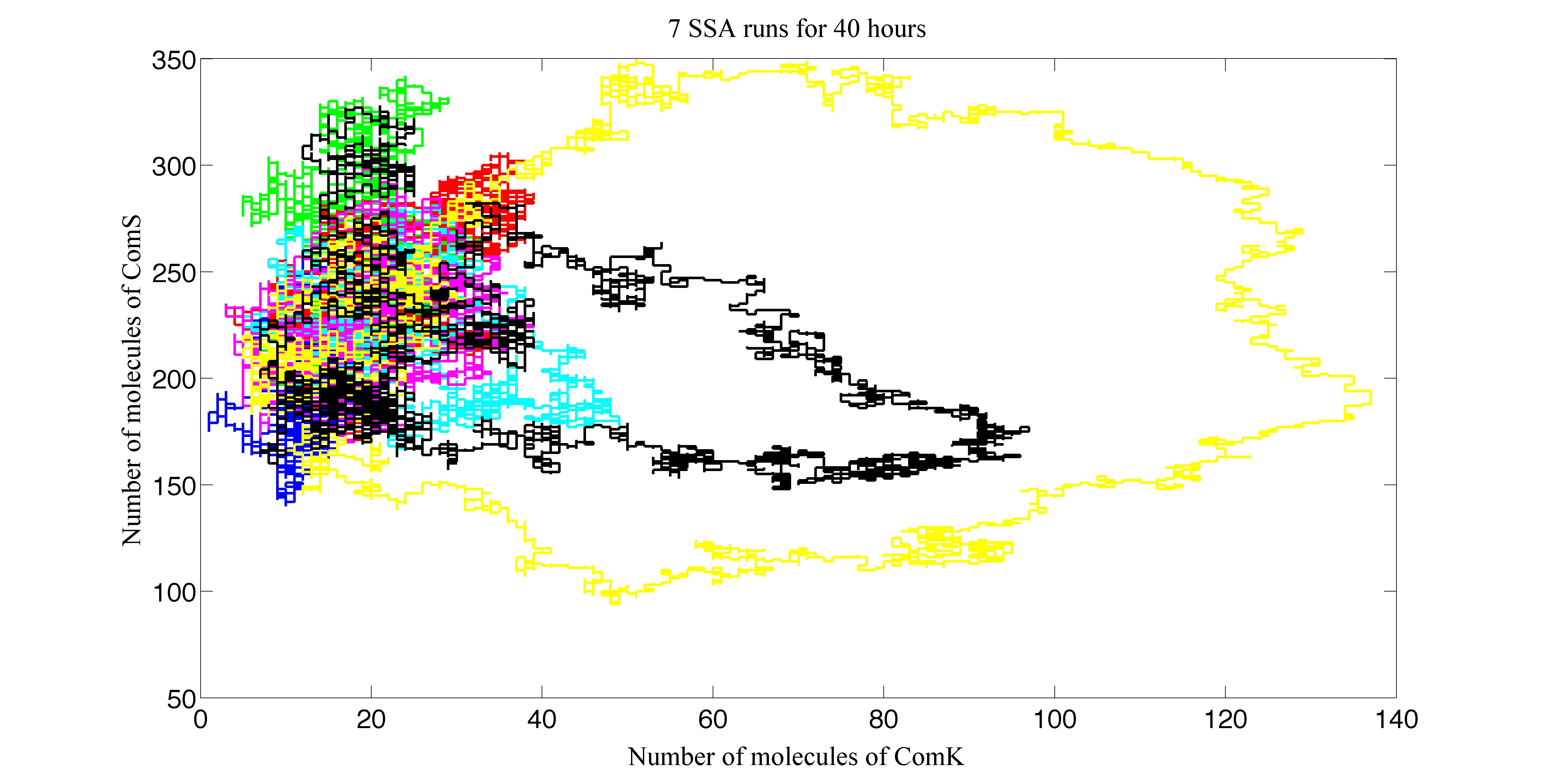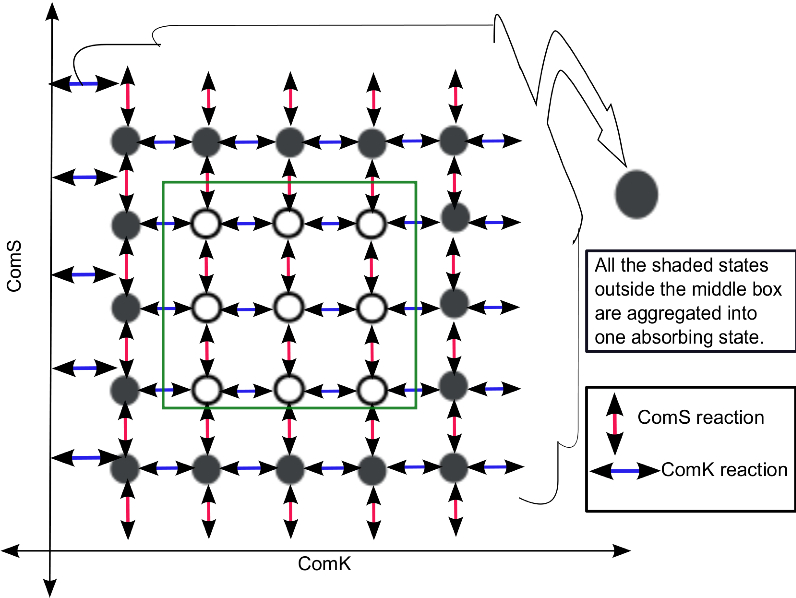Research projects
Work at UTRC
Unfortunately this part of my work cannot be shared in detail due to corporate policy. It so far covers areas of autonomous navigation for air vehicles (UAV), clustering in large networks and energy consumption minimization in smart residential devices.
I describe below work I had done recently during my PhD in UCSB at the Center for Control, Dynamical-Systems and Computation CCDC .
Sequential decision aggregation
In this problem we study a group of individual sequential decision makers, who independently make observations to answer a binary question. The decisions by the individuals are aggregated at a fusion center which implements a threshold based fusion rule (q out of N) to reach an overall decision. We study the accuracy and the expected decision time of the group as a function of the accuracy and the decision time of the individuals and of the group size. Sequential Probability Ratio test is a member of the family of sequential decision rules, it also happens to be the fusion rule used in neurons. Analogies are drawn between preferred fusion rules characterized by accuracy and decision times for various individual accuracies, and cognitive fusion rules used by neurons for various stimuli strength and signal clarity.
 |
Distributed sequential regional localization
We study here the problem of regional source localization, where a group of individuals take noisy measurements from an acoustic source, and implement a distributed sequential localization algorithm to identify the region that contains the source. We analyze our algorithm and show that it convergence is finite time and that it satisfies desired accuracy requirements.
 |
Stochastic decision making in cells
We study here the problem of stochastic switching in cells, by analyzing the competence gene regulatory network in Bacillus-Subtilis. Competence is a state characterized by an increase of the number of a specific protein ComK beyond a certain threshold. This is caused by the dynamics of the gene regulatory network, which driven by noise takes long excursions which characterize the state of competence. The picture below shows a realization of 7 cells, 2 of which enter in competence. Switching to competence is a random process, whose probability we want to study.
 |
In order to analyze the gene regulatory network, we propose a numerical method where we aggregate appropriate parts of the state space after proposing a discrete stochastic model using the Chemical Master Equation. Once aggregated into one absorbing state, it is possible to study the probability with which a cell enters in competence by calculating the probability of absorption.
 |
Using this method, we were able to conduct a sensitivity analysis, relating sensitivity of the probability with which a cell enters in competence to different parameters such as binding affinitites, transcription rates, degradation rates, etc. We also were able to calculate the expected time it takes for a cell to return from competence.
This work can be applied to analyze a wide range of stochastic phenomena in biological systems exhibiting bistability.